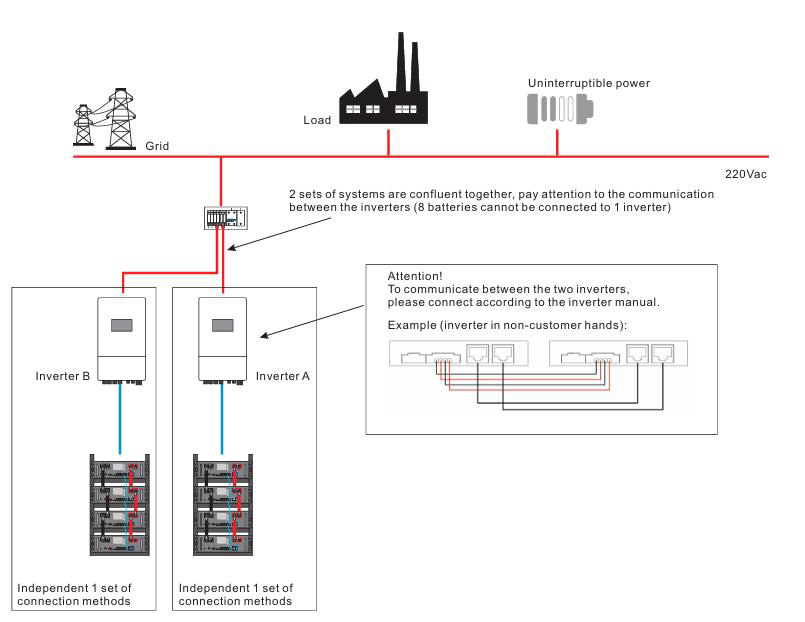Low Voltage vs High Voltage ESS: Which One Fits Your Smart Home?
🔋 Energy Experts Compare the Pros and Cons for Future-Ready Homes
Whether you’re going solar for the first time or upgrading an existing setup, choosing the right
home energy storage system (ESS) is key for long-term value.
One of the most important design choices is voltage architecture — should you go low voltage or high voltage?
Let’s explore their pros and cons, use cases, and insights from
global ESS deployment trends.
🔧 Voltage Architecture 101
Voltage defines how much electrical potential flows through your energy storage system. In ESS design, this directly affects charging efficiency, inverter compatibility, and power delivery.
Home systems usually fall into two main categories:
- 🔹 Low Voltage (48V–120V): Modular, safer, and perfect for entry-level users.
- 🔸 High Voltage (150V–600V): Scalable, more efficient, and ideal for
modern smart homes.
🟢 Benefits of Low Voltage Systems
- 🛡️ User Safety: Lower electric shock risk and simpler regulatory compliance.
- ⚙️ Ease of Deployment: Many plug-and-play kits are available, such as
48V wall-mounted batteries. - 🌍 Resilience: Excellent for remote, off-grid, or backup-only setups.
However, LV systems may struggle to support heavy-load appliances and extended runtime due to limited throughput.
🔴 Advantages of High Voltage ESS
- ⚡ Performance: Efficiently powers high-load devices like air conditioners, EV chargers, and water pumps.
- 🔋 Reduced Losses: Lower transmission losses (I²R) for higher overall efficiency.
- 🏠 Smart Integration: Designed for
smart home energy automation.
High-voltage systems are now the global residential standard in Europe, Australia, and North America, using modular packs like
PKNERGY 15kWh HV systems.
💰 Cost and Scalability Comparison
| Feature | Low Voltage ESS | High Voltage ESS |
|---|---|---|
| Initial Cost | Lower | Higher |
| Efficiency | Moderate | High |
| Safety | High | Requires expertise |
| Expandability | Limited | Strong |
| Ideal Users | Off-grid / Rural | Smart homes / Urban |
💡 Expert Insight: Matching ESS to Your Home Goals
Choosing the right voltage is both a technical and strategic decision. Consider:
- ☀️ For grid independence and solar self-consumption: HV systems provide better long-term efficiency and ROI.
- 🏕️ For emergency backup or rural applications: LV systems like
48V wall-mount ESS
are cost-effective and reliable.
📦 Recommended PKNERGY Options
- 🧱 HV Rack Battery Cabinets — scalable for smart homes and villas
- 🧩 Modular BESS — future-ready, easy expansion
- 🏠 48V Wall-Mount Batteries — LV backup for entry-level users
✅ Conclusion
There’s no one-size-fits-all in home energy storage. The LV vs HV choice should reflect your lifestyle and future energy goals.
Consulting with PKNERGY experts helps ensure your system is optimized for safety, scalability, and long-term savings.
👉 Contact PKNERGY today to design a future-ready home energy system with the ideal voltage architecture.
📩 Contact Information
Cassie | PKNERGY Energy Co., Ltd.
Email: sale4@pknergy.com
WhatsApp/Tel: +86 13974604556
🌐 Website: https://pknergypower.com





